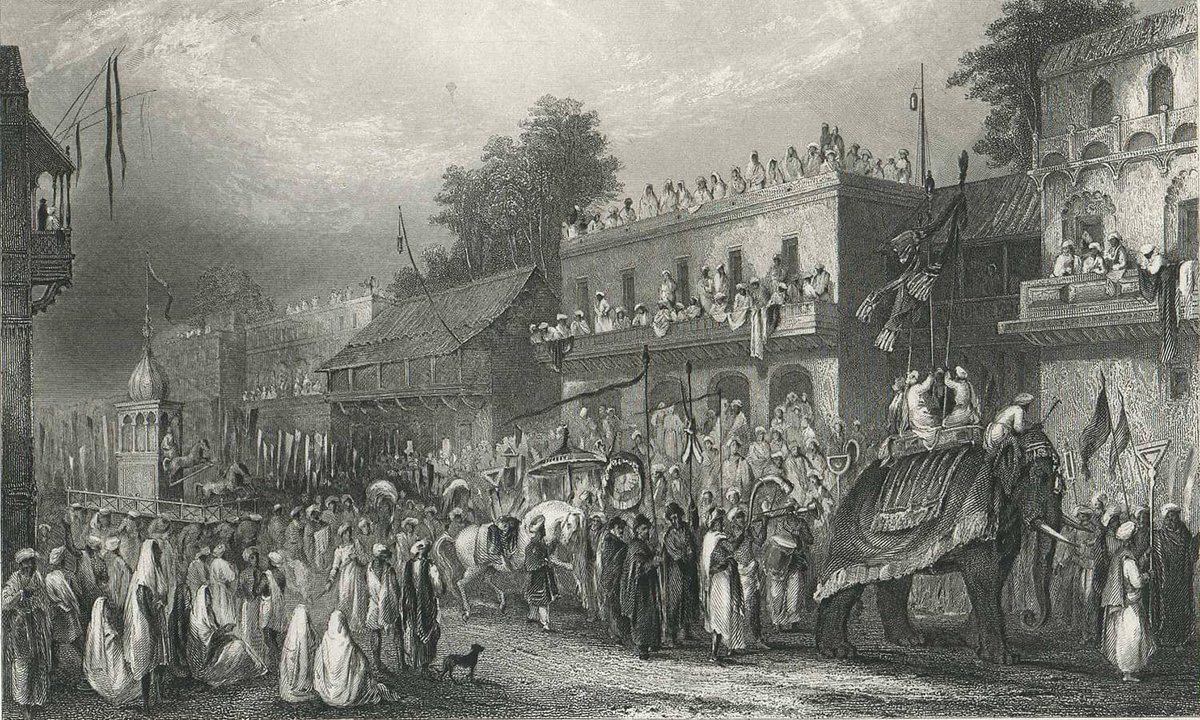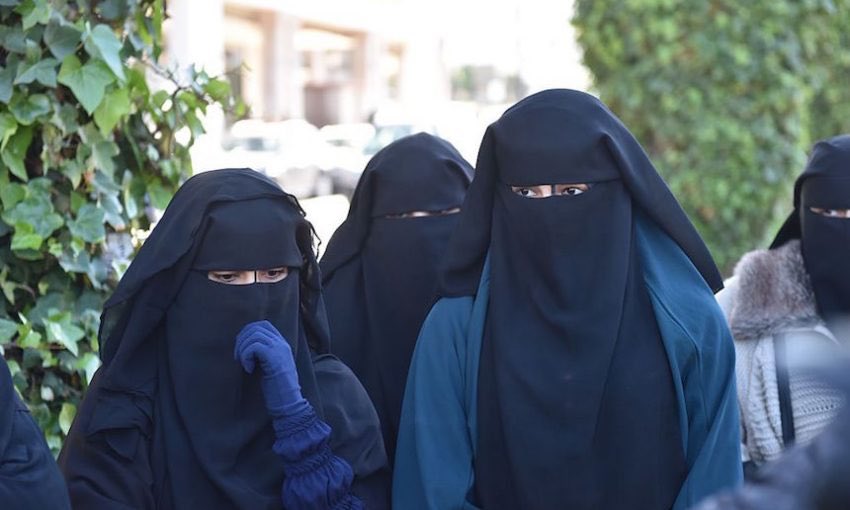There is customary weeping as tragic stories from the battle are narrated.
Participants are dressed in black — the colour of mourning — and as they chant poetry of lamentation, they beat their chest in synchronic unison.
The commemoration seems to have emerged as a subject of interest only after the European invasion.
These paintings were made by anonymous Indian artists, exclusively for European patrons in the British East India and other companies.
At first glance, the paintings reveal how it had to be sanitised to fit the audience’s sensibilities.
See below.

















